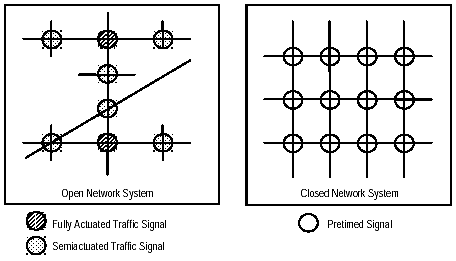
As a follow-up to my last post, which touched on open forms, let me mention two interesting items well worth reading. Among many other things, these items made it clear that my casual appeal for open forms was really an appeal for a field of possibilities, including flexible forms situated between the poles of the closed and finite and the open and potentially infinite, as well as the fact that these qualities need not apply to all parameters in the same way. First, Renewable Music commenter Scott pointed to a fascinating article on "game mechanics" and the relationship of players to those mechanics, a nice parallel to musical questions of the relationship of the player or listener to musical structures and perhaps of special interest to composers concerned with sustaining interest over large-scale forms. Second, the new issue of MusikTexte just arrived and, among many good things, there is a German translation of an article, originally published in Perspectives of New Music (Vol. 46/1 (Winter 2008): 152-93), by the English composer James Saunders on Modular Music. Saunders covers a lot of ground, from the usual musical suspects (Stockhausen, Cage, Brown*) to IKEA furniture and the sculpture of Carl Andre or Dan Flavin, as well as his own music. It is fascinating how Saunders frames his discussion in the very modern terms of production and productivity: greater flexibility, reduced product development time, parallel development of products and product systems, reduction of production time. As a formal theory, Saunders concentrates on formal networks — how the various component parts (may) fit together — and this is truly exciting stuff and, to a large extent, independent of medium, genre or aesthetic. (For a great example of a networked narrative (and a real page-turner, so to speak), I recommend my former librettist, Edward Gorey's, masterpiece, The Raging Tide: or, The Black Doll's Imbroglio. Best page: "27. Figbash, Naeelah, and Skrump fell upon each other with loofahs. If you would love a romantic ending, turn to 30. If you would prefer an ironic one, turn to 29.") IN ANY CASE, let me append to this discussion the thought that an aspect of these forms in addition to their networked or network-able character — which is a topographical quality — regards the material, and particularly spatial or temporal, character of the parts and their relative, indeed proportional, similitude. What happens when an actual metric is assigned to an abstract network?** I suspect that the architect Le Cobusier, in his roundabout attempt to harmonize English and metric measurement systems via a projection onto the proportions of an idealized male (initally a 175 cm tall Frenchman, later a 6-foot tall Englishman) body (echoing, of course, Leonardo and, in turn, Vitruvius) into his Modulor system, came to address similar concerns. Le Corbusier was here, of course, working at his most inspired nuttiness (as were Leonardo, and, in turn, Vitruvius), but the notion of quantities and proportions directly derived from the human body does have some honest dignity to it and perhaps there's something useful to be recovered from it, in musical proportions.
[Please also see this earlier item on The Modular, among other things a paean to a childhood well spent among Lincoln Logs, Tinker Toys, Togl and Lego.]
_____
* If I were writing a larger article on a similar theme, I might have begin with Satie (especially Parade and its cinematic Entr'acte) and generic silent movie music, then moved on to Henry Cowell's Mosaic Quartet and Lou Harrison's "Theatre Kits" as early examples of modular musics. I might have also included Morton Feldman's prescient Intermission 6 instead of Stockhausen's similarly variable piano piece and would have pulled out a number of modular examples from the 1960's radical west coast repertoire. Heck, I might have even started with Javanese gendhing lampah, flexible-length forms, based on a common underlying tonal pattern but elaborated with contrasting tempi and moods, and flexibly connectable as accompaniment to theatre and dance or attachable to or bridging fixed-length and -form compositions. But then again, that would have been an altogether different article, wouldn't it have?
** This question is also relevant to the theory of melodic contours.
No comments:
Post a Comment